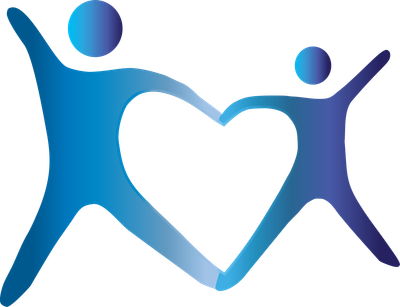Heart to Heart now offers drumming circles for clients
Hello Heart to Heart Community:
Great news! We now offer drumming circles for both family and group therapy.
The Healing Power of Drumming
The art of drumming has a long history. Many cultures have meaningful rituals, dancing, storytelling, and a sense of community centered around drums. For centuries, people around the world have been using drums to make music. Additionally, drums are utilized to communicate a wide range of information. They are used during joyous celebrations but they can also serve as a warning that signals danger. Drums help people express emotions like excitement, anticipation, pain, grief, and many more. Drumming experiences may be elaborate with fancy drums, costumes, and large groups of people. Drumming can also be simple with someone tapping a spoon on a pan inside a kitchen for an audience of one. In all these situations, drumming serves as a form of expression; the meaning associated with that expression can be especially powerful.
In recent years, researchers have studied the impact of drumming on the brain. Research indicates that exposure to the regularity and rhythmical sounds produced by a drum activates several important areas of the brain. The sound enters the auditory cortex and activates the cerebellum as well as the frontal cortex and limbic system. The cerebellum is a part of the (lower) brain stem and is responsible for our ability to physically move. The frontal cortex and limbic system are part of the (higher) forebrain which is responsible for establishing homeostasis (stability), regulating emotions, and conscious actions. These areas of the brain are especially relevant to people that have been exposed to traumatic experiences. In brief, when trauma happens, it can cause our bodies and brains to become dysregulated and disconnected. Trauma can cause the limbic system to get stuck in the on position and become overactive which hijacks emotions. Trauma also can get stuck in our brain stem which leads to physical and somatic (bodily) concerns. Additionally, the brain stem and forebrain can have difficulties communicating effectively due to the “stuck” trauma. This can be why words to describe trauma experiences are often elusive. Trauma interfering with the parts of the brain and the ability to communicate is also why someone with a history of trauma may say something like “I don’t know why I acted out [when triggered], it was like my body just took over.” While it can be incredibly frustrating to have the brain not communicating within itself like it is supposed to, the good news is that research points to drumming as an effective therapy tool for healing trauma and restoring the brain and body.
Drumming in therapy has the capacity to activate and integrate critical areas of the brain. The physical movement of the drumming activates the cerebellum in the brain stem. The rhythmic beats and range of loudness help develop self-efficacy and feelings of safety and control (in the forebrain areas) when individuals master rhythms. Drumming also creates bilateral stimulation of the brain which can slow the heart rate, regulate breathing, and establish feelings of calm and stability. Drumming in therapy offers an environment that allows the brain to activate, re-establish healthy connections, and form new neural pathways.
Drumming can be beneficial for all ages during individual therapy as well as in group therapy. Researchers examining drumming in therapy have also found that individuals reported increased levels of social connection and feelings of belonging. This is noteworthy because people with trauma often become isolated and relationally disconnected following traumatic events. As a result, drumming not only helps heal our brains, but it can help heal relationships in our hearts. Research about the positive impact of drumming on the brain appears to confirm what humankind has demonstrated all along – drumming is powerful.
Join the beat - ask our Heart to Heart team about how drumming can enhance your therapy experience.
~Tasha Lehner MA
Reference - Using Neuroscience in Trauma Therapy: Creative and Compassionate Counseling by Julie A. Uhernik



